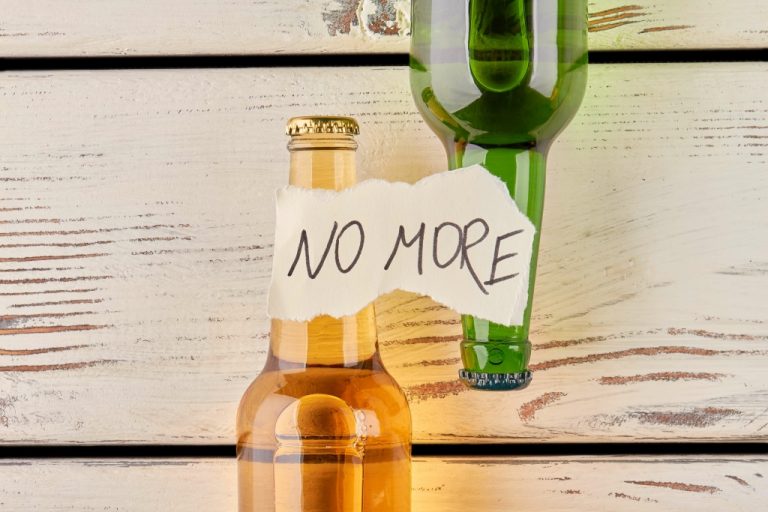To live in most recovery residences, you must be abstaining from drug and alcohol use. Some homes will require that you already be sober for a specific period of time. Many people choose to attend 28-or 30-day, 60-day or 90-day inpatient treatment programs before entering sober living http://www.canto.ru/calendar/day_en.php?date=31-10-1850 environments. Sober living houses are usually peer-run facilities encouraging continued substance use disorder recovery. Occasionally they are run by a charity or an addiction treatment center as a less structured and more informal version of the inpatient treatment plans they offer.

Renewal Center for Ongoing Recovery
- Sometimes they are designed specifically for formerly incarcerated folks.
- They can be for those dealing with homelessness, former prisoners on parole, or those suffering from psychiatric issues.
- Rules vary, but most houses require participation in sometype of recovery program.
- Most houses have some form of house manager, supervisor or on-site landlord.
- It is important to understand that these facilities are much more than places for sober people to sleep.
Psychologically, the structured and supportive environment of a sober living home fosters emotional healing, resilience, and enhanced self-esteem. Sometimes people use the term halfway house http://www.tvsubtitles.ru/tvshow-77-5.html and sober living home interchangeably. Both residences provide a space where people can live as a group and ease themselves back into daily life following a stint away from home.

Benefits and Drawbacks of Sober Living Homes
The following are a few recommendations when looking for a sober living home for you or a loved one. Many houses require residents to attend some sort of recovery, be it a 12-step program or outpatient counseling sessions. However, most Level 1 RRs don’t provide onsite recovery services, with the possible exception of an optional 12-step recovery meeting held weekly at the home. Other networks of sober living homes similar to the Oxford House model were started to facilitate self-supported and self-governed residences. One such example is the Sober Living Network that was started in 1995 and currently represents 550 homes in Southern California.
- Residences in areas with a higher cost of living, such as New York and California, may be more expensive.
- Sober housing provides many benefits to those who are on the final lap of their recovery.
- If you live in a recovery house, you may either have your own room or share one with a roommate.
- The term halfway house can refer to a number of transitional living environments that help people re-enter society.
- It can help with adjusting to living sober outside of rehab and ease the transition back to your normal life.
Level Three
The cost varies by the type of sober-living environment and length of stay. Some sober-living homes have a base rate with additional costs for added services. When you’re looking for a sober recovery home, https://mostiks.ru/unikalnoe-omolozhenie-litsa-v-domashni/ be sure to ask what’s included in the monthly rate and what is extra. Some examples of additional services may include transportation to appointments, recovery coaching, meals and gym memberships.



